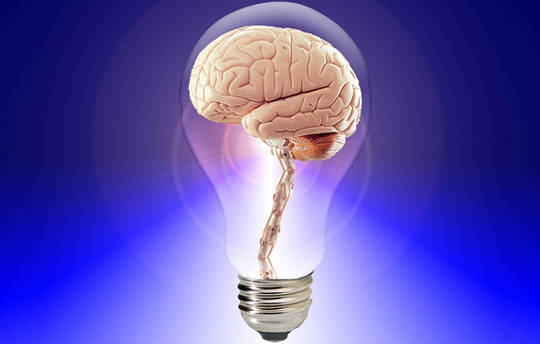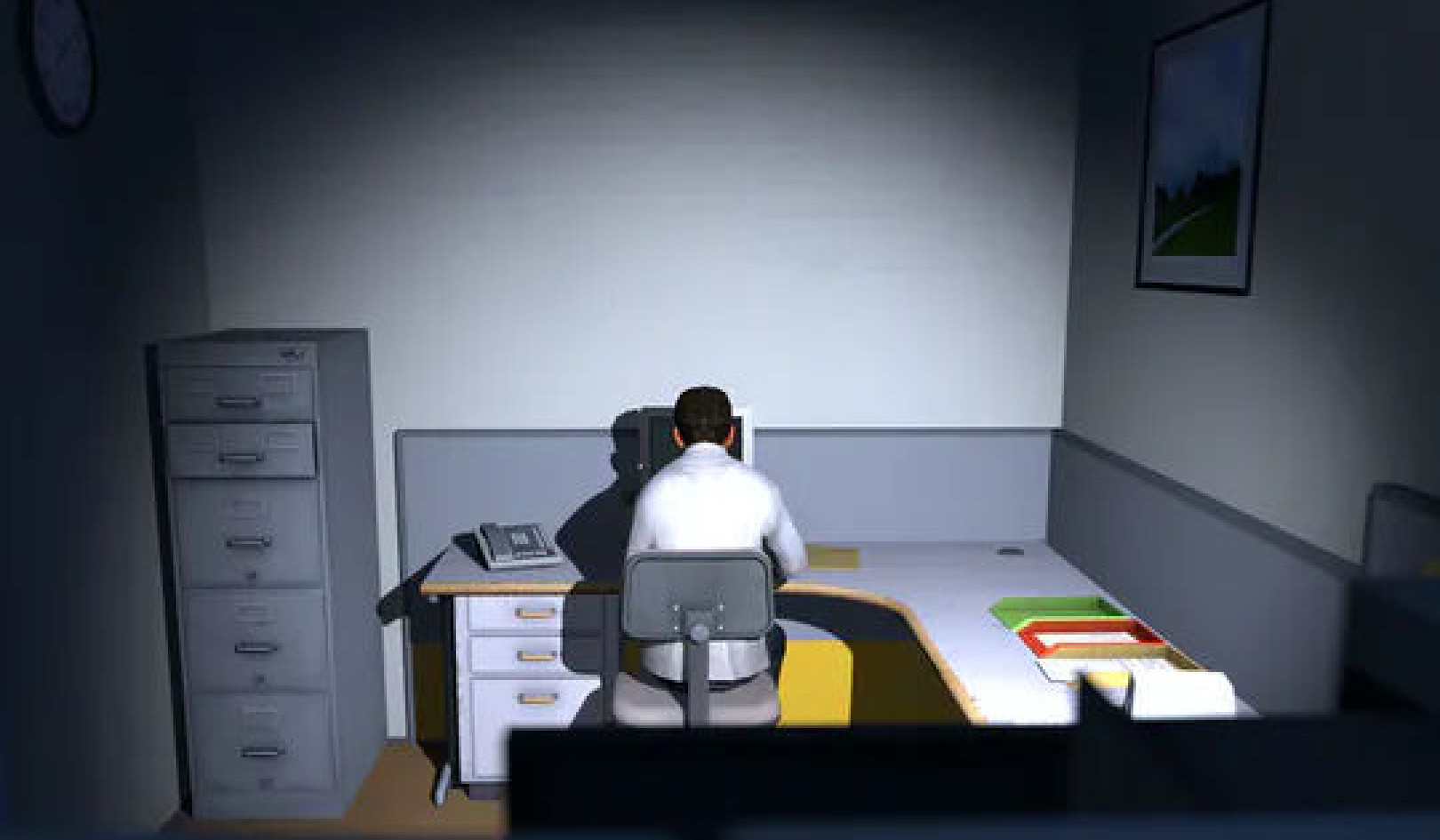
Our brains hold the magic that allows us to find our stories and to make and remake our meaning. When split-brain research began in the 1960s, the findings expanded horizons on how our storytelling minds work.
Hoping to prevent serious seizures in patients, researchers began a series of experiments in which they severed the corpus callosum, the nervy band of fibers that carries communications between the right and left sides of our brains. This procedure not only helped prevent these seizures but also gave neuroscientists new insights into how the two areas of our brains work.
Left Brain: Logic and Reasoning
Although brains can be mapped differently, the findings showed generally that our left brain handles our logic and reasoning and manages heavy cognitive work and speaking. The right brain, is more creative — focusing on the visual, on imagery, and on motor skills. A pioneer in this field of split-brain research, Michael S. Gazzaniga, helped us unravel how storytelling works.
Along with his collaborators, Gazzaniga was able to identify an area in the left brain that he named “the interpreter.” In this part of the brain, certain neural circuits are tasked with finding order and meaning in the flood of seemingly disconnected information that is filtered into it. Here our neurons take the incoming sensory input and wire bits together to create what become our stories. This is where the magic happens, and it might be dubbed our personal “storyteller.”
Left Brain: Finding an Explanation
In dozens of brain experiments, Gazzaniga and his colleagues explored how this worked. In one classic study they flashed different pictures to the two hemispheres of a split-brain patient named PS. They showed a chicken claw to the left hemisphere of PS’s brain and a snowy scene to the right hemisphere. Then they asked him to point to cards that matched each picture. (It gets a bit complicated because the right side of the brain reads input for the left eye, while the left side of the brain reads it for the right eye.)
Here is what happened. PS’s right hand chose the picture of the chicken. When asked why, he explained that he chose the chicken because he had seen a chicken leg. PS accurately connected the picture seen by his right eye (processed through his left brain) with the picture he selected, and he could easily explain why he had made this choice.
Left Brain: Storytelling to the Rescue
But, and this is where it becomes interesting, the same task was not as easy for PS’s right hemisphere. While he saw a snowy scene, and he correctly matched a snow shovel with this picture, he could not explain it accurately. Although his right hemisphere had processed the accurate image, it lacked the verbal ability to explain this choice.
This is where our storytelling brain steps in. PS’s left brain had to fill in the gap, and it did this with complete confidence, even though it had to make up the answer. In other words, it assimilated the information it had and then fabricated the answer. The response PS made was, “The shovel is needed to clean the chicken coop.”
Even though the left brain had no answer, it came up with an explanation — it found a story that fit the scenario.
When Short of Answers, The Left Brain Interprets
The fascinating-beyond-words conclusion here is that wired for story, our brains automatically do their job. They find a story that helps us find meaning and make sense of what is happening to us. Our left brain is wired to avoid the unknown or the scary uncertainty of living. It acts as an interpreter even when it does not have an accurate answer.
Gazzaniga and his colleagues completed a number of studies that consistently revealed the same outcome. When our left brain has accurate information, it tells true stories. When it does not know the specifics of a story, it can use the information it has and fabricate an ending — and believe it.
Left Brain: Making It Coherent, Orderly, And Meaningful?
In sum, our storytelling brain has to make sense of what is happening. We are wired to make sense of events — to create a story — even when we don’t have all the pieces.
Gottschall explains, “The storytelling mind is a crucial evolutionary adaptation. It allows us to experience our lives as coherent, orderly, and meaningful. It is what makes life more than a blooming, buzzing confusion.” Our stories allow us to make sense of our lives — even if we have to create pieces of our story to find our meaning.
©2017 by Sandra Marinella. All Rights Reserved.
Reprinted with permission of New World Library, Novato, CA.
www.newworldlibrary.com or 800-972-6657 ext. 52.
Article Source
The Story You Need to Tell: Writing to Heal from Trauma, Illness, or Loss
by Sandra Marinella
 A practical and inspiring guide to transformational personal storytelling, The Story You Need to Tell is the product of Sandra Marinella’s pioneering work with veterans and cancer patients, her years of teaching writing, and her research into its profound healing properties. Each of the techniques, prompts, and exercises she presents helps us “to unravel the knot inside and to make sense of loss.”
A practical and inspiring guide to transformational personal storytelling, The Story You Need to Tell is the product of Sandra Marinella’s pioneering work with veterans and cancer patients, her years of teaching writing, and her research into its profound healing properties. Each of the techniques, prompts, and exercises she presents helps us “to unravel the knot inside and to make sense of loss.”
Click here for more info and/or to order this paperback book and/or download the Kindle edition.
About the Author
 Writing teacher Sandra Marinella, MA, MEd, has taught thousands of students and fellow educators and presented hundreds of workshops to veterans, educators, and cancer patients. Visit her website at http://storyyoutell.com/ where you can write or tell your story, discover life-changing stories and learn the power of reworking and editing your personal life stories with the goal of finding hope, inspiration, and a better way of living.
Writing teacher Sandra Marinella, MA, MEd, has taught thousands of students and fellow educators and presented hundreds of workshops to veterans, educators, and cancer patients. Visit her website at http://storyyoutell.com/ where you can write or tell your story, discover life-changing stories and learn the power of reworking and editing your personal life stories with the goal of finding hope, inspiration, and a better way of living.
Related Books
at InnerSelf Market and Amazon
























